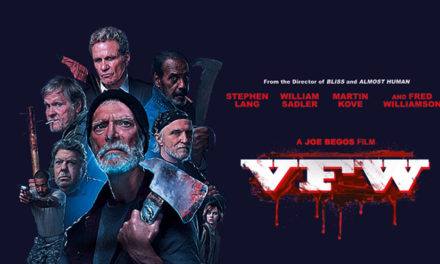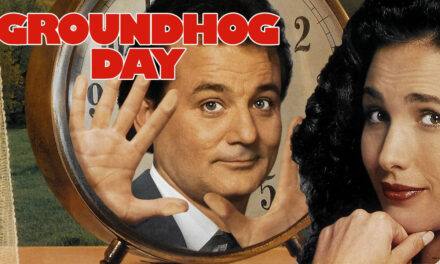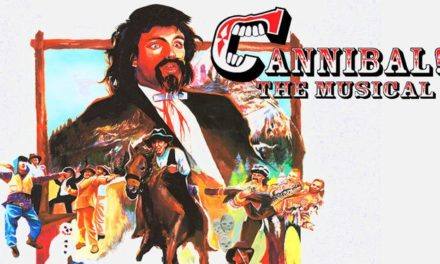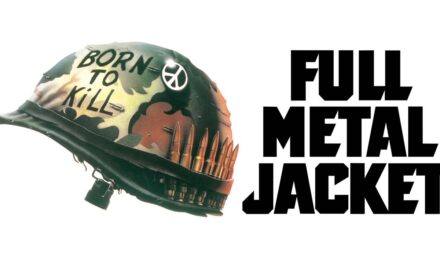Well before he turned New Line Cinema into “The House that Freddy Built”, Wes Craven was an English professor. After directing some short films, Craven became fascinated with filmmaking and decided to leave teaching for the film industry. Around this time, producer/director Sean Cunningham had just made his first film, 1970’s The Art of Marriage. He followed this up with 1971’s Together, where he hired Craven to synchronize dailies, eventually becoming the assistant editor. They became fast friends, and Together was a hit, so distributor Hallmark Releasing tasked them with making a horror film. Craven and Cunningham decided to make something that had never been seen before, which featured graphic violence that was in-your-face. With a budget of $90,000, and a fairly inexperienced cast and crew, Craven set off to shot his directorial debut. The result was the notorious and controversial 1972 shocker, The Last House on the Left.
%
Rating
Synopsis
Mari Collingwood (Sandra Cassel) is turning 17, and she plans on spending it with her friend Phyllis (Lucy Grantham). They’re planning on attending a Bloodlust concert, but they make a stop in the city to score some grass. They run into Junior (Marc Sheffler), who promises them Columbian weed and takes them up to his place. There, the girls meet Krug (David Hess), Weasel (Fred Lincoln), and Sadie (Jeramie Rain), who’ve recently escaped from prison. Under Krug’s leadership, they kidnap the girls and take them to the woods to torture and eventually kill them. Meanwhile, John (Richard Towers) and Estelle Collingwood (Eleanor Shaw) get worried after Mari doesn’t return home. The local sheriff (Marshall Anker) and deputy (Martin Kove) set off to find the girls but to no avail. Soon, the Collingwoods learn what’s happened after the gang arrives at their home and plan their revenge.
Review
The Last House on the Left is an effectively shocking film that certainly earns its reputation and controversy. The extremely low budget and lack of recognizable names help make the film feel more authentic and raw. Given his lack of experience at the time, Craven’s direction is still top-notch and you can see the potential. Also, for a cast of relative unknowns, everyone delivers a solid performance, the standouts being Hess, Lincoln, Cassel, and Grantham. Despite having no prior acting experience, David Hess is a force to be reckoned with, exuding charisma and intensity. Fred Lincoln is effectively sleazy as Weasel, and Cassel and Grantham are likable and deserve credit for what they endure. The score, also by Hess, helps set a somber mood, and the oddly upbeat songs offset the more gruesome sequences. Plus, many of the songs are insanely catchy and will stick with you for a while.
Of course, the filmmakers have admitted to taking the plot from 1960’s The Virgin Spring, but I won’t fault them. Plenty of movies have used similar plots from other films, and it can work if it’s done well. Thankfully, Last House stands on its own very well, though the film isn’t perfect, particularly when it comes to tone. For every disturbing and graphic sequence, there’s an out-of-place comedic scene involving either the parents or the bumbling cops. I get that they wanted to offset the violence with more lighthearted material, but it felt jarring and was distracting. That being said, the violent scenes are presented in such a gruesome and realistic fashion that they stand out more. The film has a message about how we’re desensitized to violence and how good people can be driven to it. Overall, The Last House on the Left is effective if somewhat flawed.
Buy The Last House on the Left from Amazon: https://amzn.to/3aHnYIB




